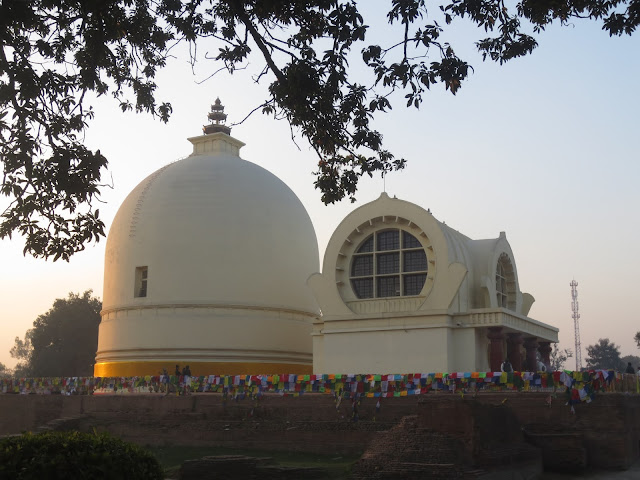This state in Southeast
Asia, located on an island off the southern tip of the Malay Peninsula, is
densely populated, rich, and thriving. As with so many Asian countries,
modernity and tradition stand side by side in Singapore. While the majority of
the population is Chinese, descendants of the poor immigrants who arrived from
southern China starting from the 19th century, several other ethnic
groups are also present here, particularly Malays, the original inhabitants,
and Indians who originally came from the southern part of the Indian
sub-continent. Singapore’s diversity is evident in the way traditional
religions continue to be practised by each ethnic group: Hinduism by the
Indians, Islam by the Malays and some Indians, and mainly Buddhism by the
Chinese. That said, there are many Christians to be found nowadays among the
Chinese and the Indians, the result of ongoing evangelising efforts carried out
by different Christian denominations. Unlike most of Southeast Asia, the
prevalent form of Buddhism in Singapore is Mahayana, particularly the Pure Land
School from China. In most instances, though, the Mahayana Buddhism here is
mixed up with Taoist and folk beliefs.
The many spectacular Buddhist temples in
Singapore are built in the Chinese traditional style, such as the Thian Hock Keng Temple (which is also Taoist, like many Chinese temples) and the Lian Shan Shuang
Lin Temple, with its seven-tiered Dragon Light Pagoda. However, I was
personally most inspired by the fairly recent (completed: 2007) Buddha Tooth
Relic Temple and
Museum, a big
five-storey temple built in the ancient Tang style in the middle of Singapore’s
Chinatown.
 |
| Lian Shan Shuang Lin with its seven-tiered Dragon Light Pagoda |
 |
| Guanyin inside Lian Shang Shuang Lin |
 |
| Thian Hock Keng, the Temple of Heavenly Happiness |
 |
| Thian Hock Keng |






Comments
Post a Comment